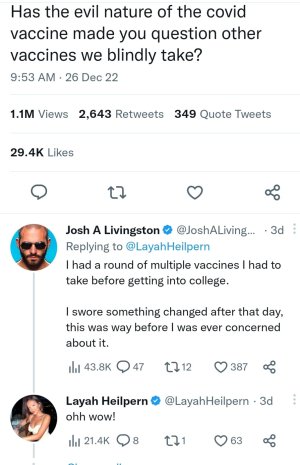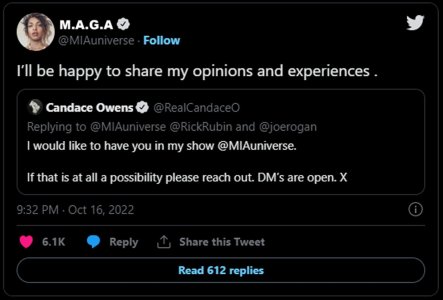From the Nate Silver tweet a couple pages back (reposted below) and from the post by
 Olympus
Olympus
, I agree that we need to be ready for the possibility that we don't find an effective vaccine.
But I think it's too early to decide on the best strategy until we get better information. The two main strategies are 1) let it rip and be ready for the fallout or 2) keep the virus at bay for as long as possible. This heavily depends on a) how deadly is the virus (how good are our treatments) and are the long-term health consequences really that common and b) can we control the spread of the virus with minimal interventions (are masks alone good enough to get an R0 < 1).
It appears the fatality rate may be closer to 0.5% than to 1.0%, but that's still 1.5 million dead. We need to see how the next month goes though with Texas, Florida, Arizona, and California before we can confidently say that the fatality rate is significantly lower now than in April. I do think it's possible it may get down into the 0.25-0.5% range, in which case the equation changes and perhaps we shift to strategy #1.
But if we find that places with adherence to wearing masks every time you leave the house (much better than not leaving the house at all) is enough, and we can get widespread rapid testing deployed throughout the country, then maybe the new normal (strategy #2) is tolerable in the long-term for society. Or maybe a hybrid strategy is best.
And, yes, we do need more reliable stats on the frequency of all these things. We post the individual horror stories (careful couple gets their entire family sick and everybody's in the ICU) and I find myself going paranoid if I sneeze or get a headache. We need to evolve our strategy beyond what we started with in February or March, and we need to go beyond anecdotes and start working with hard numbers.


 )
)



































